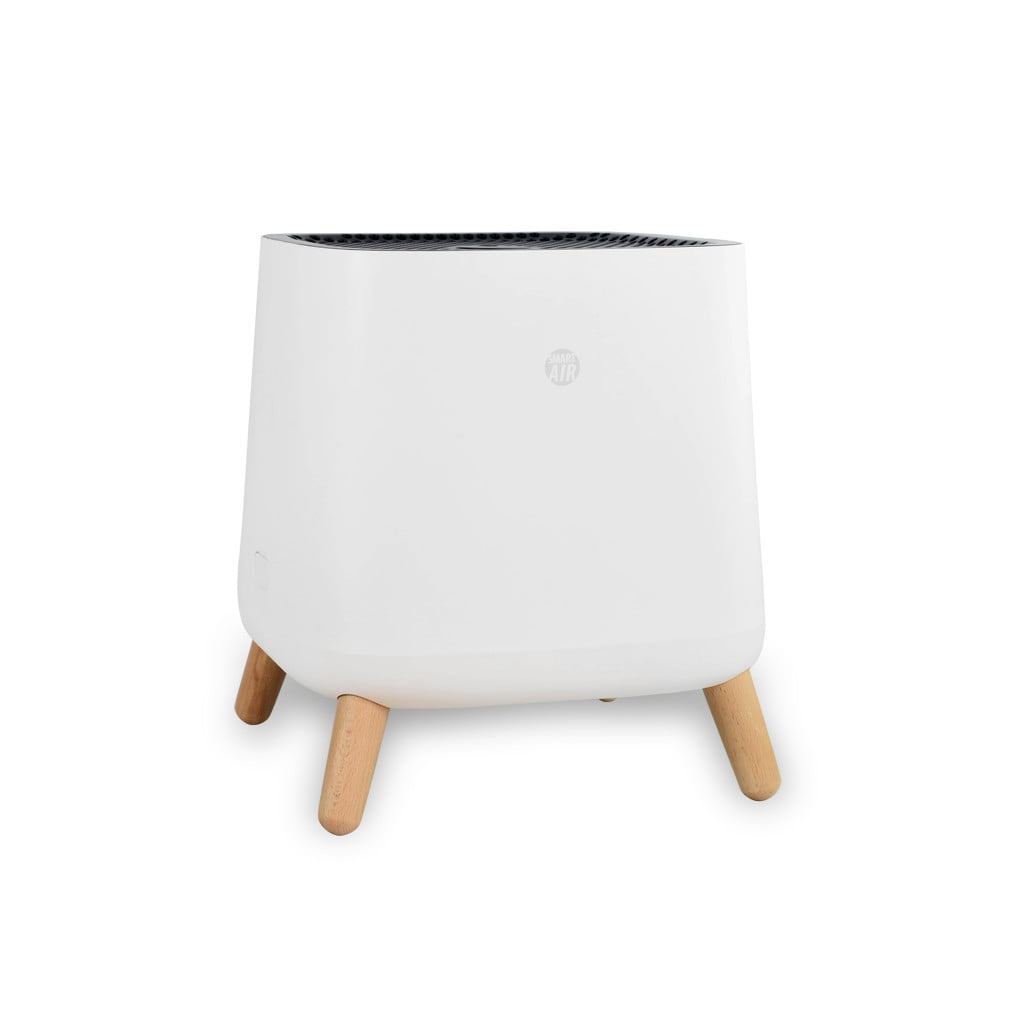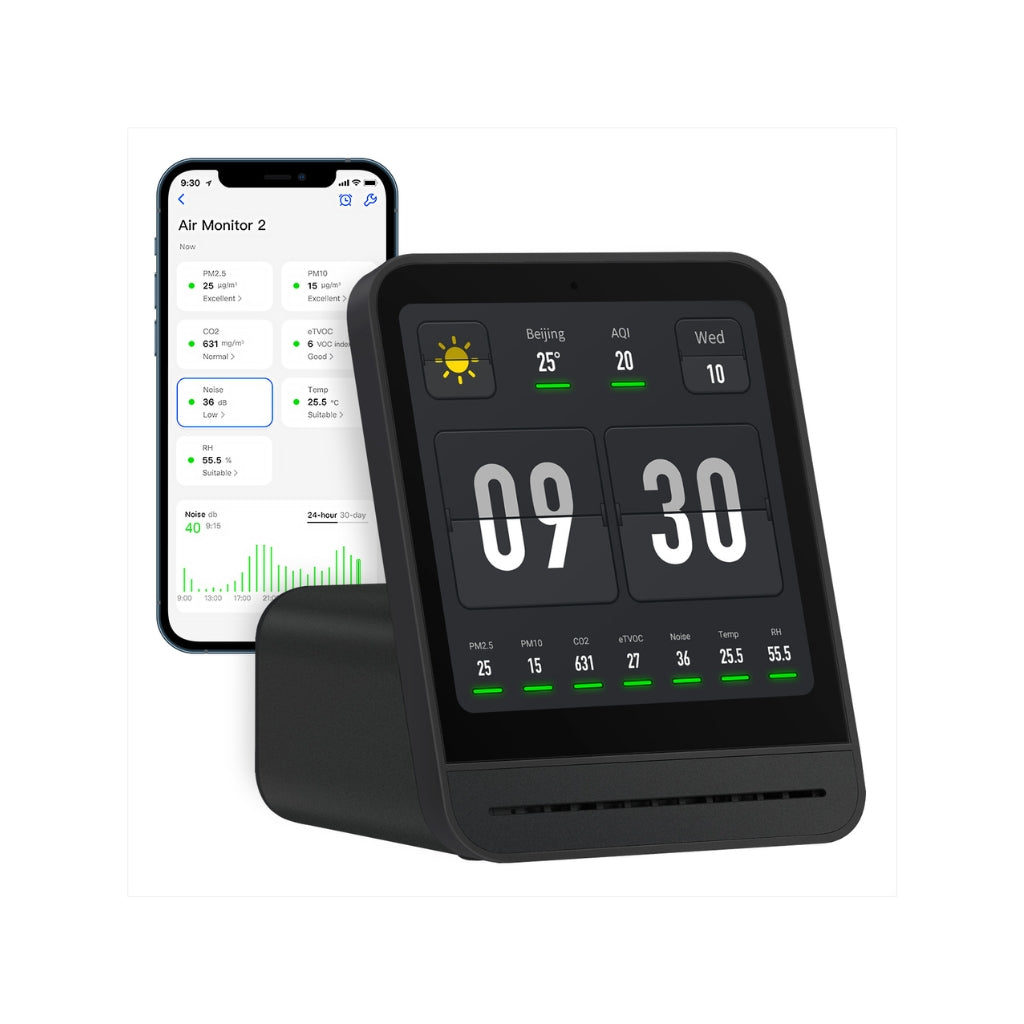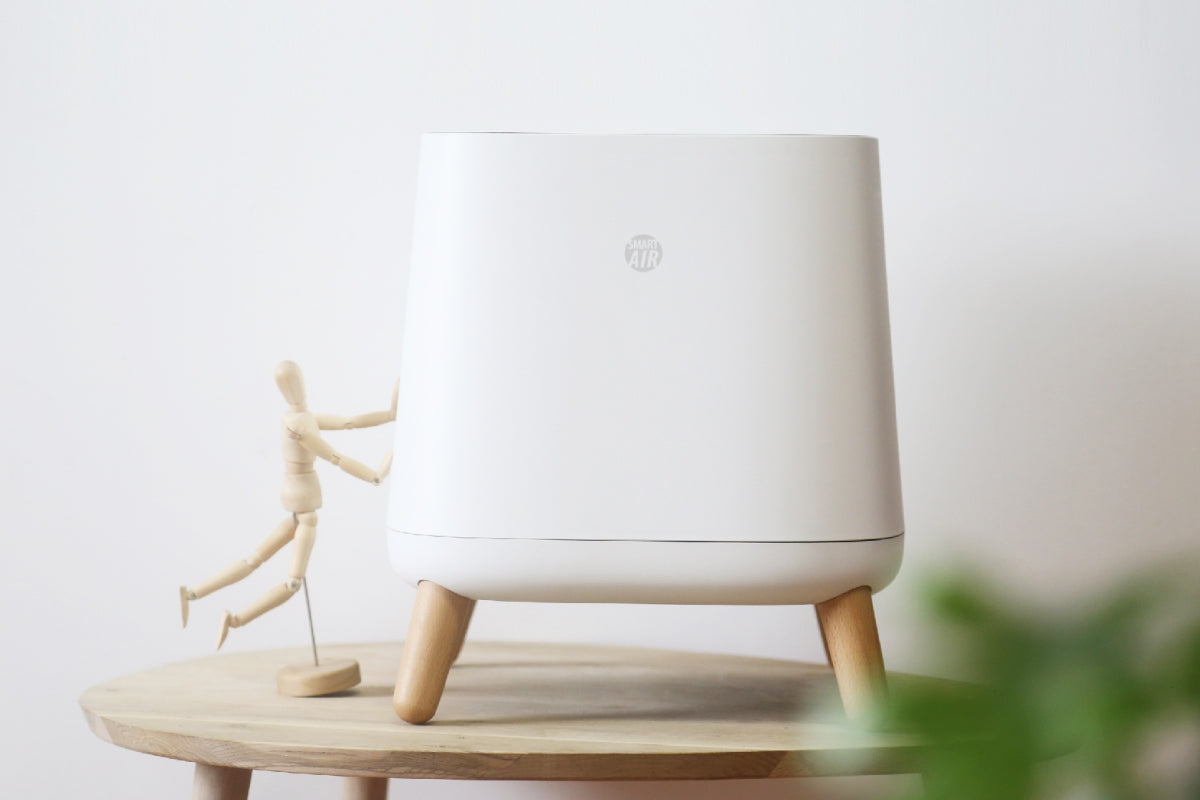
How Cooking Affects Indoor Air Quality (Real World PM2.5 Test)
It's hard to beat the aroma of garlic or steak sizzling away on the frypan as it fills your kitchen with flavour. But under those delicious scents lies fine particles called PM2.5, that can travel deep into your lungs and affect your indoor air quality. In a test in a Christchurch apartment in May 2025, cooking on a front burner pushed PM2.5 levels throughout the apartment into the hazardous range, even with the rangehood set to full power.
In this article we'll show you exactly how we measured those spikes, how bad it got and how much of a difference using Air Purifiers made. Armed with this information, you can ensure you keep your air clean, whatever you're cooking!
Figure 1: Rough Layout of Apartment + Positions of Monitors and Purifiers

First Test: Baseline (No Air Cleaning)
This experiment actually started accidentally, after noticing the air quality as measured on my QP Pro units was at very concerning levels. It turned out that even at full power, my rangehood barely captured smoke from the front two hobs. This is definitely a bit of a surprise given this is a relatively new apartment.
After frying for about 15 minutes, it seemed a little hazy and smokey inside. I checked my air quality monitors in both the lounge and separate bedroom, and both showed very high readings! With PM2.5 counts of over 300 µg/m³, you really want to limit your exposure to this. For perspective, this is about three times higher than the average pollution level in Delhi, and is well into 'hazardous' air quality levels.
If you stop cooking, you immediately remove the PM2.5 source. But on a chilly day with windows closed, those particles can linger for hours. While the rangehood extractor fan was used, it hadn't effectively drawn out the cooking smoke. Being a chilly day, no windows or doors were opened. Here is how the air quality looked over the evening:
Figure 2: PM2.5 Readings in Bedroom and Lounge from Cooking

Note: PM2.5 to air quality ratings sourced from EPA AQI breakpoints.
As you can see, the PM2.5 levels shot up very quickly when the cooking started. For several hours the air quality was at or above unhealthy levels, even lingering at hazardous amounts for awhile! What does this mean? Basically the equivalent of smoking about 1.3 cigarettes!
Definitely not something you want to be regularly exposed to. Especially if you have asthma or other breathing sensitivities.
Second Test: With Air Purifiers
This time, our accidental experiment was repeated with one key tweak, switching on air purifiers when the concentrations peaked. The apartment is well covered on that front, with a Smart Air Sqair in the bedroom and a Smart Air SA600 in the main living/kitchen area.
You'll notice from the layout graphic earlier, we've also placed the purifiers away from the air quality monitors. This helps ensure the readings are representative of the actual air quality in the apartment, and not just the air quality around the purifier.
Now the big reveal, how much of a difference can the air purifiers make? We allowed the PM2.5 concentrations to reach similar levels to our baseline test, and then turned both purifiers on at their max power settings.
Figure 3: PM2.5 Readings in Bedroom and Lounge from Cooking, using Air Purifiers

The outcome? In just 30mins, PM2.5 concentrations had dropped by over 90% - this is compared to between 25% and 29% when we didn't use them. Air quality reached the optimal 'Good' level within 45mins in the bedroom and within 1 hour in the main living area!
Why are these air purifiers so effective at removing cooking pollutants and smoke? It's all thanks to the combination of HEPA filters and high Clean Air Delivery Rate (CADR).

The HEPA filters on both units are very effective at absorbing harmful particulate matter in the air, such as from frying and smoke. However, a good HEPA filter won't do much if the purifier isn't able to send much air through it.
With CADRs of 315m³/hr and 500m³/hr respectively, the Sqair and SA600 are able to push significant amounts of polluted air through their filters. This makes them best in class when it comes to how effectively they purify air. As you can see, we can back this claim up with real data!
Smart Air Sqair |
Smart Air SA600 |
 |
 |
| Stylish, powerful and quiet at a great price. Perfect for the bedroom, or any space up to 43m². | Dual inlets with filters on each side. Serious cleaning power for larger spaces up to 60m², while remaining quiet. |
Other air quality measures you can take:
- Ensuring your rangehood is working effectively will certainly help reduce the amount of PM2.5 in the air.
- Mechanical ventilation i.e. HRV/DVS etc if you have it. This will bring in air from outside or the roof space which should be much less polluted.
- Finally opening windows and doors to let a breeze through, even if for just a short while will also quickly help lower the amount of pollutants.































